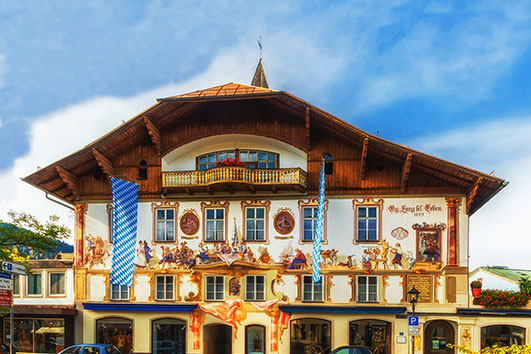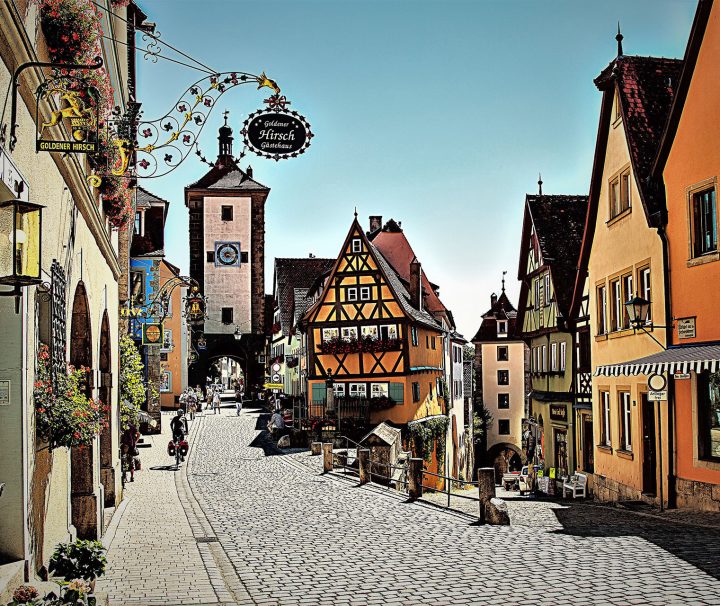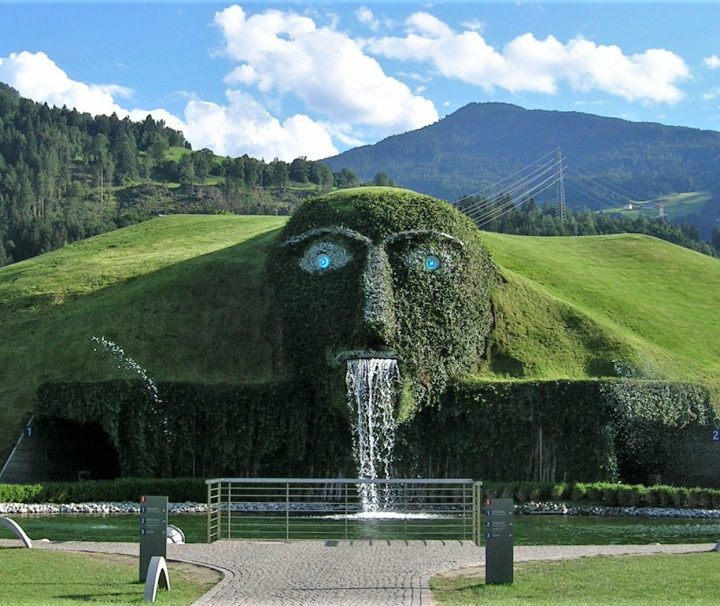Innsbruck
The historic city of Innsbruck is nestled in between two Alpine mountain ranges. The Brenner Pass, an easily crossed path through the Alps, made the position of the town a strategic location. The importance of the valley eventually gave rise to the ultimate evolution of the city into a cultural and commercial hub.
The reign of the Hapsburgs, which began in 1363, ushered in a new age of glory for Innsbruck. Under the rule of the Hapsburgs, the city flourished. The era saw an increase in trade and mining. Emperor Maximilian I named Innsbruck as the capital of Tyrol, and took the already flourishing city and increased the prestige and power of the region. As a legacy, he left the golden roof. A shining architectural feature composed of thousands of copper tiles. Emperor Maximilian I also began construction on an elaborate tomb that would only be completed after his lifetime. The Hapsburg successors continued to add to the glorious reputation of Innsbruck by building architectural marvels. Such as Hofgarten, Ambras Gardens, the Arts and Wonder Chamber, the Arms Halls, the Jesuit church and Tyrol’s first opera house. Most of these structures remain as a monument to the reign of the Hapsburgs.



